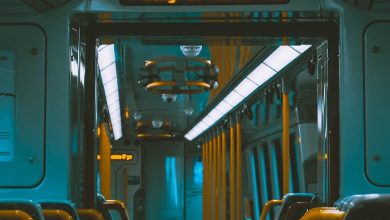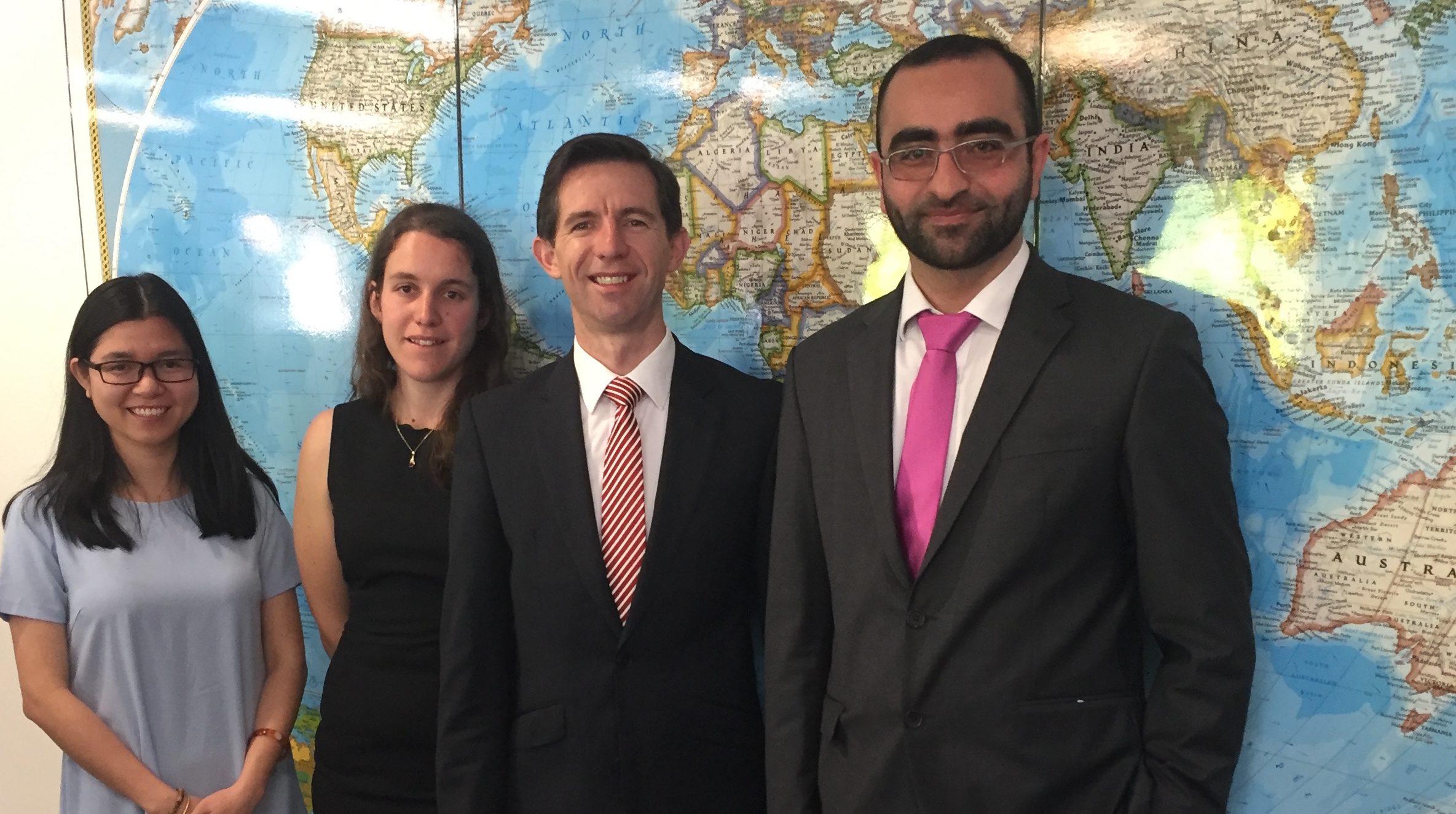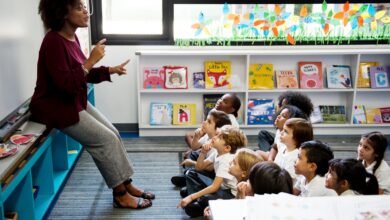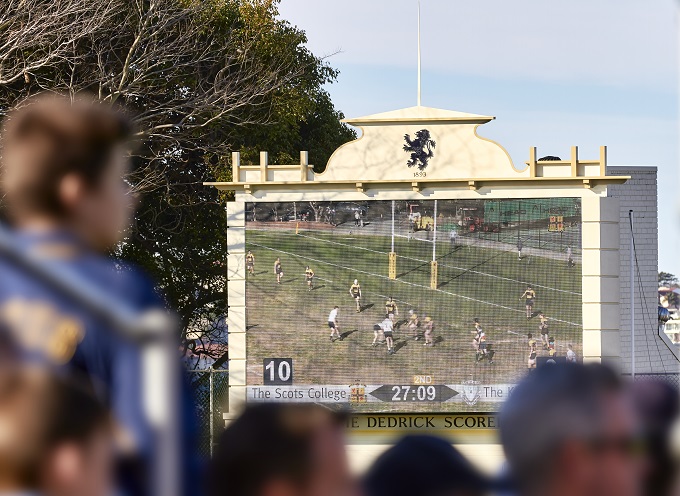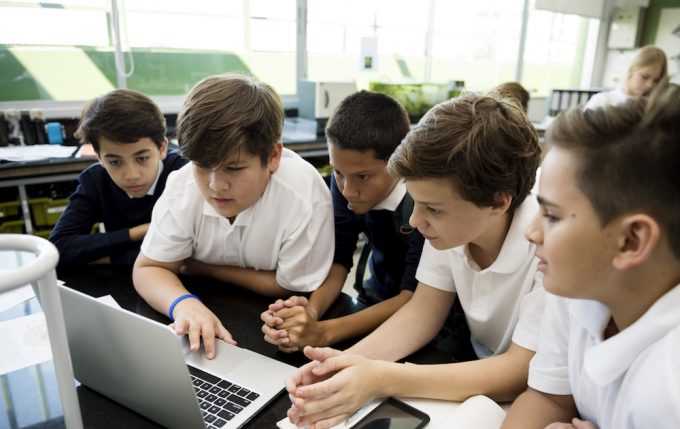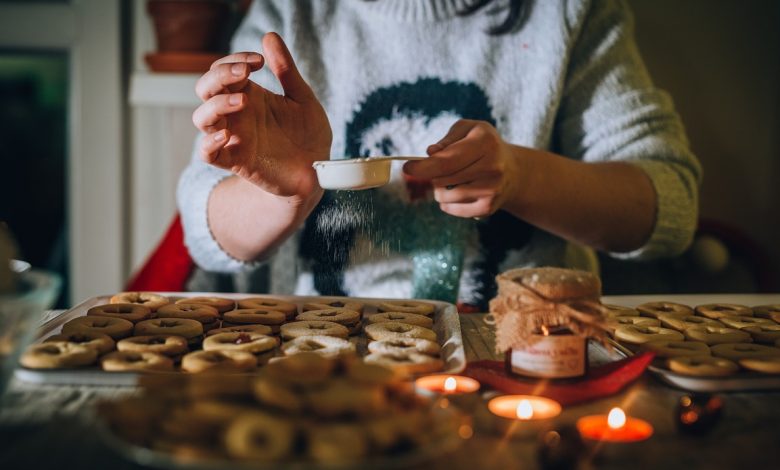
When most people think of volunteering at primary school they think of manning the sausage sizzle, selling cakes on election day, covering books in the library and wrestling youngsters into a crocodile line as they walk to the train for an excursion. Maybe it’s organising fundraising events, donating empty jars for a preserve stall or listening to children read. They might think of coaching after-school netball or spending an hour in the canteen making toasties.
Read the latest print edition of School News HERE
But what about secondary school?
Volunteering opportunities seem to drop away when kids hit high school, and those that do exist seem less visible.
“In primary school, parent volunteers may interact more with the children, such as literacy, band, and excursions – the children need the parents. While in secondary school, parent volunteers may interact more with the other parents, such as school projects, fund-raising and grant applications.” Yvonne Liang
In 2023, Yvonne Liang was one of twelve recipients of the Public School Parent of the Year for the 2023 NSW Ministers and Secretary’s Awards for Excellence. Having spent more than seven years volunteering in her children’s high schools at Ruse Agricultural High and North Sydney Girls High School plus three more at primary school, she is well placed to consider the differences between volunteering at different levels.
“I use the school canteen as an example,” Liang explains. “Primary school canteens supply foods that are chosen and ordered by parents. These are normally simple food of small portions and more about meeting the standards. However, in secondary school, the customers are the students, and they have the freedom to choose. Not only what food they want, but also if they want to buy or not. They pick at the taste, portion, prices…If they are not happy, some may just keep the cash in their pockets and go for fast food and bubble tea in the shopping centres after school. Secondary school canteens really need to be innovative to keep business up.”
As such, there can be the perception that secondary school P&Cs are more business-like and less community-focussed as a result, something that P&C President Liang agrees with in part.
“For the P&C businesses that are essential, such as the canteen, uniform shop and extra-curricular sports, it’s necessary to run them in a business manner to ensure its sustainability,” says Liang. “But for those seasonal events, such as food days, busy bees, it can be more community-focussed.”
A major factor that affects P&Cs in secondary schools is the dramatic reduction in available volunteers, despite the growth in student numbers. Liang explains there are two main reasons for this.
“Labour wise, volunteers are comparably easier to find in primary schools as more of the families live locally,” says Liang. “The parents are comparatively young and energetic. However, in secondary schools, families are from bigger catchment areas, especially in selective high school like Ruse, we have families living two hours’ trip away. With more parents returning to job market, volunteers are harder to secure.”
In high-school canteens, the reduction in volunteers has a knock-on effect, with the necessary wages affecting the cost price of the food. Liang explains: “Where there are not enough volunteers, we need casual assistants to come in to do the labour work. Then, we have to closely monitor sales prices and labour and ingredient costs so as to survive financially.”
Therefore, it comes full-circle. With less volunteers available, paid workers are required which increases pressure to ensure sustainability. The focus of the P&C – and the canteen or uniform shop – necessarily must be on business, perhaps at the expense of community. When there is no sense of community, people are less likely to volunteer.
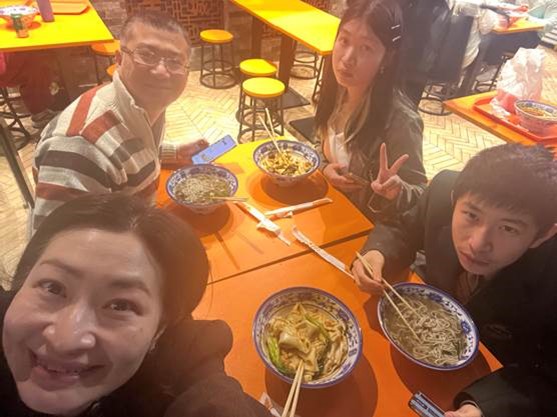
Liang is prosaic as she adds that the typical age of high-school parents might also be a factor. “More importantly, I feel the effect of aging… Six years ago, I could do the canteen job from 8am to 3pm non-stop, sometimes skipping lunch because it’s too busy. Now I need to sit down after a one hour sprint at the sink. Parents [at Ruse] actually asked if we could split into three-hour shifts because the six hours are too much.”
Similarly, people who can volunteer often do so when their children are at primary school. By high school, they consider their duty has been done.
In light of the reduced volunteering rates, Liang says there is much P&Cs can do to try and increase participation.
“How to communicate with and involve more parents becomes critical in the success of P&C business. In Ruse we tried different ways to reach out to parents and to build a warm and welcoming atmosphere in the community. The P&C is also the bridge between parents and the school. This mediation role takes huge amount of patience and communication skills. This is what I found most difficult but also most rewarding.”
“Have you heard of the saying that, when you need help, would you go to the one that helped you or the one that you helped? The answer, is the one that helped you is more likely to help you again.” Yvonne Liang
She explains further by saying: “For those less active, it’s good to keep them posted about the good deeds that are done by others. When people are familiar about the businesses and activities of the P&C and the school, their participation is more likely to just naturally happen.”
So while primary volunteering tends to focus on interactions with children, both in and outside of class, and has a high level of communication with teachers, secondary volunteering is often focused more on an institutional level, with less direct involvement with students.
Understanding the different requirements of both may help individuals decide where their talents best lie, and in a world where time and availability is limited, where best to focus their efforts.

